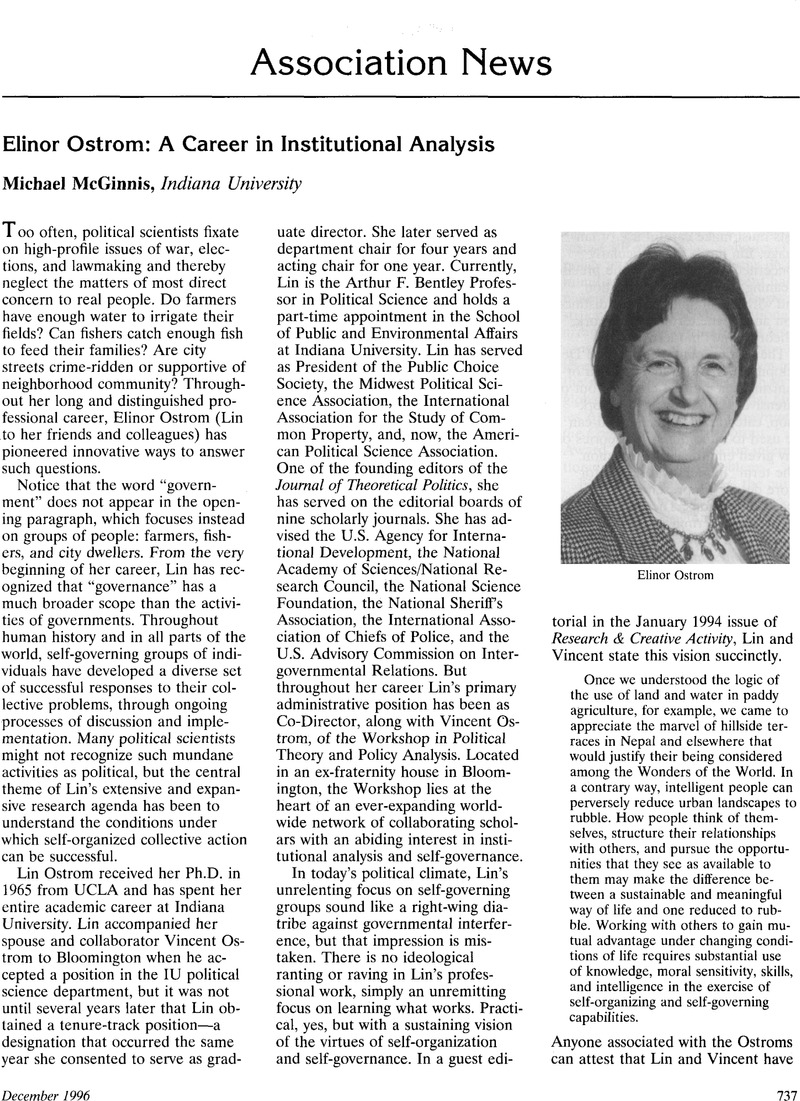Weissing, Franz, and
Ostrom, Elinor.
1993. “‘Irrigation Institutions and the Games Irrigators Play: Rules Enforcement in Government- and Farmer-Managed Systems,’ In
Games in Hierarchies and Networks: Analytical and Empirical Approaches to the Study of Governance Institutions,” ed.
Scharpf, Fritz W.,
387–
428.
Boulder:
Westview.
Google Scholar 